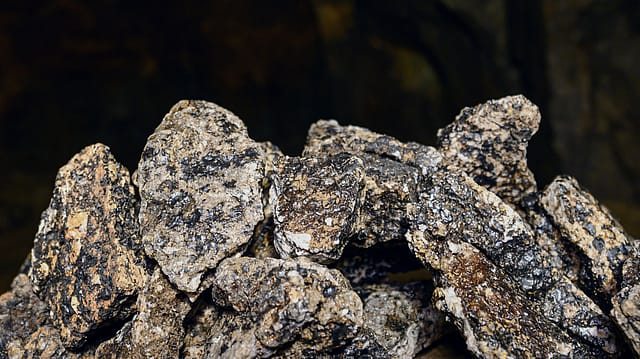Chinese, U.S. & European cos own majority of clean energy raw material
ADVERTISEMENT

While clean energy technologies like solar, battery storage and electric vehicles are growing at a fast pace across the globe, most of the critical raw materials in the supply chain are owned and traded by Chinese, U.S. and European companies, even though mines are located in different regions like Africa and Indonesia.
Mining and trade of most of the 'key energy transition minerals' such as copper, lithium, nickel, cobalt, graphite and rare earth supply chain are owned by Chinese companies and the largest multi-national mining majors such as Glencore and Rio Tinto, says an International Energy Agency (IEA) market analysis.
Although the majority of copper production occurs in Chile, European companies are the leading copper producers with over 10% of production, with Glencore, Rio Tinto and Anglo-American playing
major roles. U.S. companies control the second-largest amount of copper production. For lithium, Australia and Chile are the primary locations of raw material production, whereas the US company Abermarle is a major shareholder of over 40% of producing mines.
Although Indonesia is the leading location of nickel mining, Indonesian companies hold less than 10% of production. Chinese companies are the major nickel mine owners, accounting for around 40% of production. European companies also have a sizeable share with over 20% of supply, predominantly due to operations in Indonesia owned by Eramet. For cobalt, the majority of mines are located in the Democratic Republic of the Congo (DRC), whereas European companies such as Glencore and Chinese companies such as CMOC own a third of each of the supply. Notably, DRC-owned companies account for less than 5% of production.
January 2026
Netflix, which has been in India for a decade, has successfully struck a balance between high-class premium content and pricing that attracts a range of customers. Find out how the U.S. streaming giant evolved in India, plus an exclusive interview with CEO Ted Sarandos. Also read about the Best Investments for 2026, and how rising growth and easing inflation will come in handy for finance minister Nirmala Sitharaman as she prepares Budget 2026.
China, which makes about two-thirds of the world's EVs, also holds 85% of battery cell production capacity and 90% of cathode and 98% of anode material production capacity globally. Over half of global processing for lithium and cobalt occurs in China. The country also dominates the entire graphite anode supply chain end-to-end. China has invested over USD10 billion in the last ten years to own critical mineral mines across the globe, according to IEA estimates.
The battery storage market installed capacity reached over 85 GW in 2023 and almost half of this capacity, over 40 GW, was added in the last one year. Due to falling prices mainly due to over supply than demand, the market size for key energy transition minerals contracted by 10% to USD 325 billion in 2023, despite demand growth, observes IEA.
